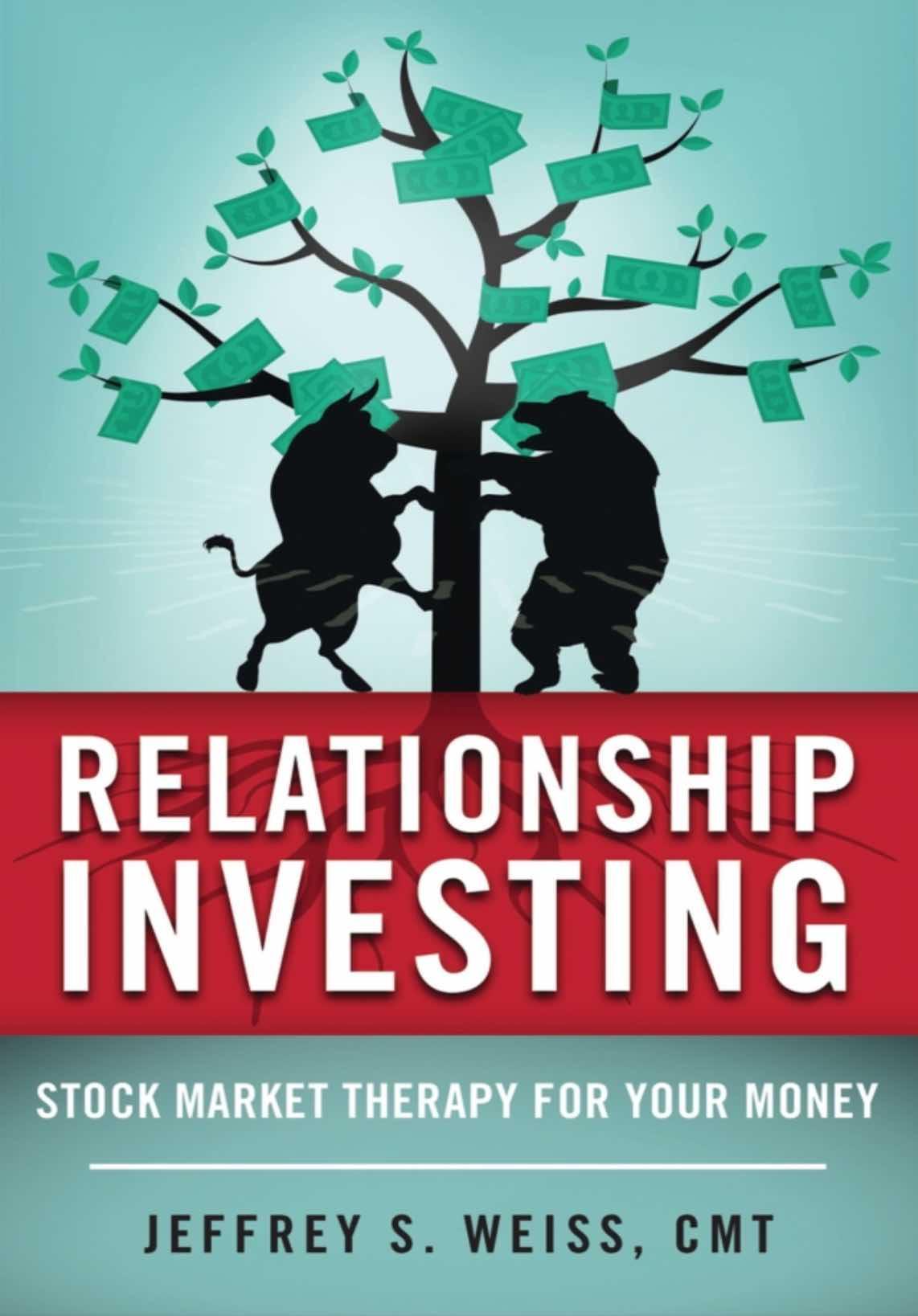Back in the 1970s I used to frequent what were referred to as “visitor’s galleries” in all the local brokerage offices. These were spaces provided by the respective firms, primarily for their clients, with seats and a quote machine and a news wire, which continuously printed corporate and other news stories of the day. Like a roll of toilet paper, it had to be changed when it was used up. That’s what you had to rummage through to look up a specific news item of interest to you. Some offices I visited, like the Merrill Lynch branch in Paramus, New Jersey, went all out. They offered theatre-like seating in front of the New York Stock Exchange and American Stock Exchange ticker tapes, along with donuts and coffee and loads of research reports authored by their analysts lining the surrounding walls. If Zagat’s were rating brokerage firm amenities back then, it would have received top honors. Market talk abounded from the 10 a.m. opening to the 3:30 p.m. close, with stories of “if I had only ...” and “I should have ...” among the many sadly recalled but frequently uttered phrases.
One day I was approached by a fellow who told me that he just bought a $100 stock. After hitting the share quote on the machine, I noticed that the price was considerably below his hallucinogenic price. When I mentioned this gaping discrepancy to him, he informed me that I was only seeing the current price, but that in five years’ time this would be a century-priced stock. There was no shred of doubt that I could detect in his mind. His script was written. His mind was made up. Case closed. His crystal ball had spoken.
I’ve heard this overconfident thinking many times in my career. Only the upside is considered, and a positive outcome expected. What eventually happened to that stock I don’t recall, but I can tell you this in no uncertain terms: the stock market is not a “paint by number” undertaking where each color corresponds to a specific number on the picture, and where the lines are clearly delineated to avoid the potential for painting outside of them on the way to completing that portrait. Rather, the market is a blank canvas on which we each paint our own picture of success or failure based on the colors we choose. That investment palette contains our individual beliefs about the market and money, as well as our psychological predispositions. Each of us paints a different picture and sets our own chances for success or failure (which we discussed in chapter 27, “The Odds”). Nor are there any scripts written for you to follow, because the stock always plays the starring role and it alone is privy to the script.
The only share price that counts is the one appearing on your computer screen at the time you own the shares. Look, there’s nothing wrong with predicting. I do it for a living. That’s what technical analysis is all about. I savor the challenge. But that’s not the same as stating a fact yet to be proven with no downside mechanism in place should your outcome fail to materialize. When I make an investment assessment based on my chart analysis, I don’t concentrate on the upside because that’s not the side that’s ever going to hurt me. I want to concentrate on the end of the spectrum that holds the potential for harm—the downside. Not doing so is like climbing a mountain and looking upward toward its peak while wearing no gear to protect yourself in case you fall.
When I buy a stock, I think in terms of the number zero, not one hundred. It keeps me humble and focused on what matters most: capital preservation and risk management.
Moral: Unrealistic expectations in both life and the stock market expose significant vulnerabilities by not considering and respecting the risks in each. Maybe it’s investing a large sum in what you think is the “ground floor” of a long-term investment without realistically considering the underlying risks, or taking a job where you project your earning power years into the future without factoring in the highly cyclical nature of that company’s business. Because of both a high comfort level with one’s assessment and an unpreparedness in the event of a negative result, a disappointing outcome is psychologically (and, in the case of the stock market, monetarily) much harder to come to terms with. Leave “pie in the sky” scenarios for your dreams, not reality.
(To be continued...)

This excerpt is taken from “Relationship Investing: Stock Market Therapy for Your Money” by Jeffrey S. Weiss. To read other articles of this book, click here. To buy this book, click here.
The Epoch Times copyright © 2023. The views and opinions expressed are those of the authors. They are meant for general informational purposes only and should not be construed or interpreted as a recommendation or solicitation. The Epoch Times does not provide investment, tax, legal, financial planning, estate planning, or any other personal finance advice. The Epoch Times holds no liability for the accuracy or timeliness of the information provided.





